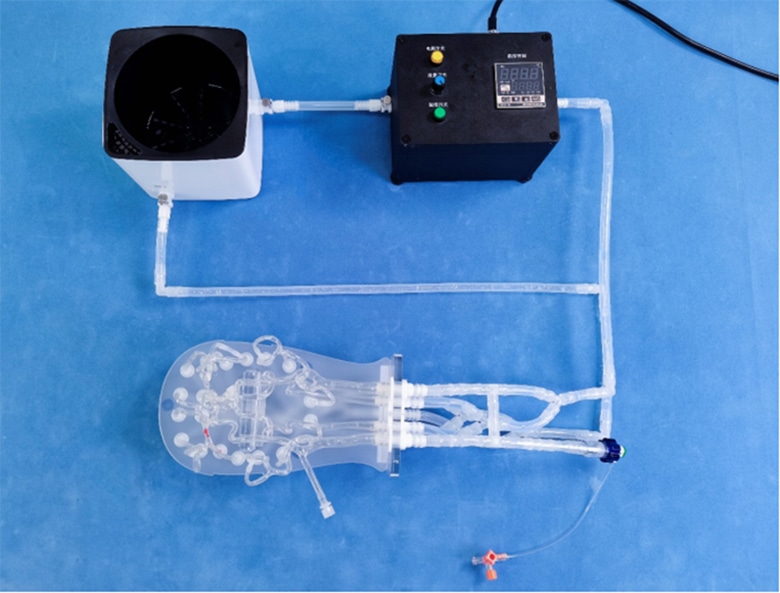
#Industry News
What diseases are associated with variations in the Circle of Willis?
Circle of Willis Aneurysm Ⅱ
Introduction of the circle of Willis
The Circle of Willis is an important arterial junction at the base of the brain. This structure surrounds the central region of the brain, including important structures such as the pituitary stalk. It is supplied by the two carotid arteries, which provide blood to the brain. They extend along either side of the neck, leading directly to the Circle of Willis. Each carotid artery branches into the internal and external carotid arteries, which then branch into the cerebral arteries. This structure allows all the blood from the two internal carotid arteries to pass through the Circle of Willis.
Variation in the circle of Willis
The variability in the structure of the Circle of Willis is very common. In fact, only in a few cases can the classic and complete anatomy of the Circle of Willis be observed. Variants in the structure of the Circle of Willis are more common, with previous studies showing that only 20%-25% of individuals have a complete Circle of Willis, while most individuals have a variant Circle of Willis (either absent or underdeveloped).
Variations in the Circle of Willis include the absence of its constituting blood vessels and changes in their diameter, with a diameter <1 mm defined as underdeveloped. Common congenital abnormalities include hypoplasia or absence of the A1 segment of the anterior cerebral artery, hypoplasia or absence of the posterior communicating artery, hypoplasia or absence of the P1 segment of the posterior cerebral artery with embryonic type, or a direct origin of the posterior cerebral artery from the upper part of the internal carotid artery on the same side, as well as possible fenestration or absence of the anterior communicating artery.
Some studies show that the variability of the Circle of Willis is due to genetic factors. Certain forms of incomplete Circle of Willis structure may be more common in families. A family study of intracranial aneurysms shows that the variation in the posterior communicating artery is hereditary compared to other variations in the Circle of Willis.
Diseases associated with the variation
Currently, a large amount of research has shown that there is significant variability in the Circle of Willis, and these variations may be associated with certain diseases.
1.Stroke
Variations in the Circle of Willis may increase the risk of stroke, particularly in cases where blood flow to the brain is compromised.
2.Aneurysm
Abnormalities in the Circle of Willis, such as the absence of certain arteries, can increase the risk of aneurysm formation.
3.Subclavian steal syndrome
Variations in the Circle of Willis can also contribute to the development of subclavian steal syndrome, a condition in which blood flow is reversed in the vertebral artery.
4.Leukoencephalopathy
Variations in the Circle of Willis may also be associated with the development of leukoencephalopathy, a condition that affects the tissue that connects different parts of the brain.
5.Hypertension
Variations in the Circle of Willis may play a role in the development of hypertension, a condition characterized by high blood pressure.





